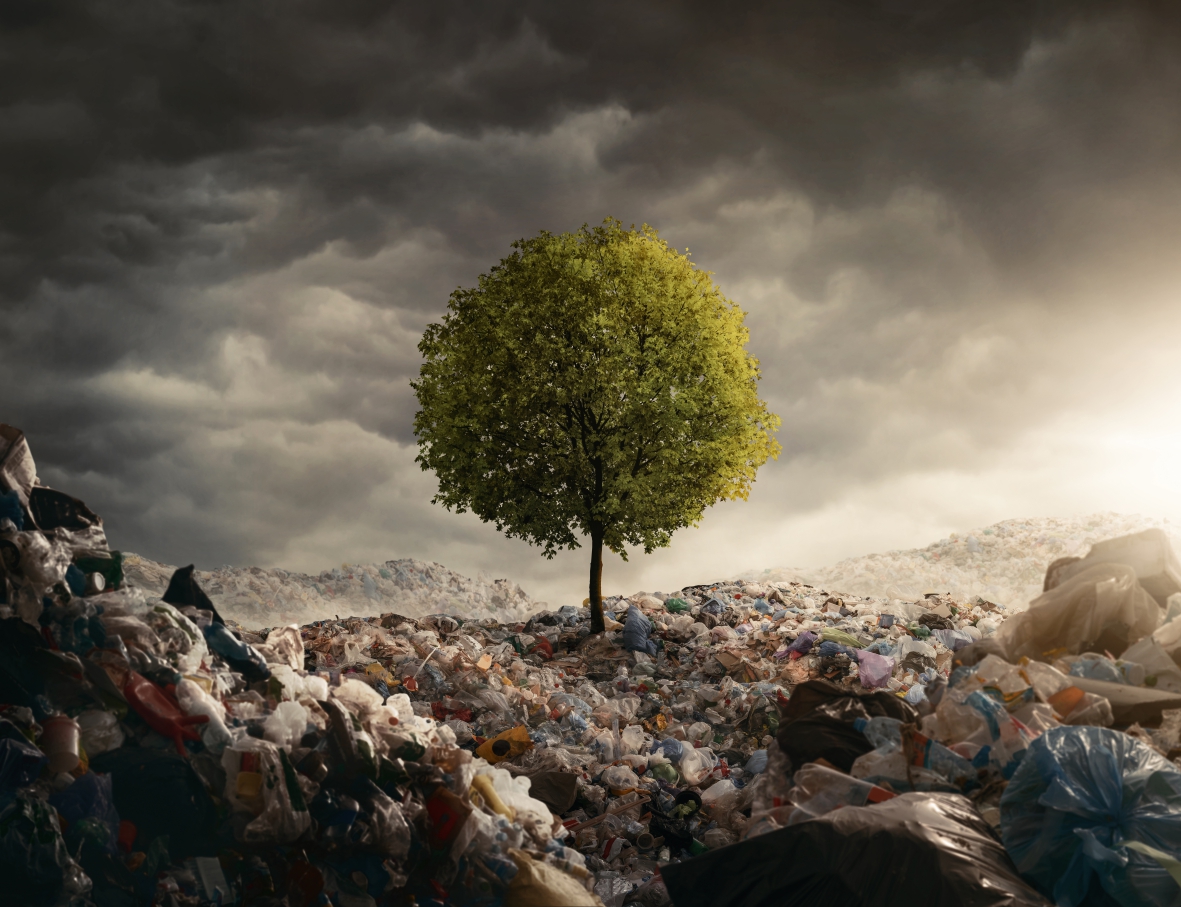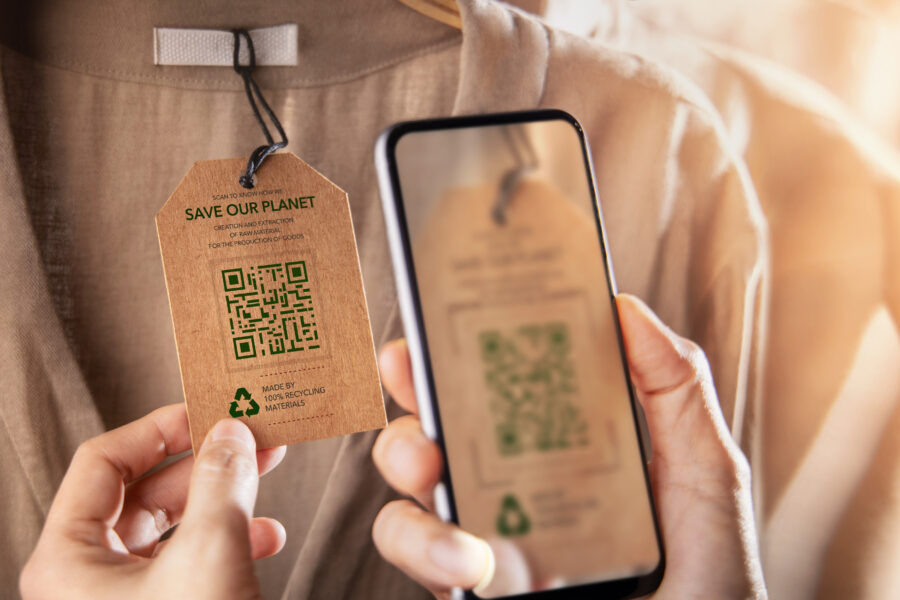It’s in the bag.
Plastic. The Good, the Bad, and the Ugly.
Yes, it’s Ugly how it sits in our environment for years, upon decades and possibly more.
No doubt it’s Bad on what it does to our wildlife, with over 85% of Australian seabirds affected by plastic pollution.
So whats the Good?
Well, plastic is an incredibly versatile, durable, strong and lightweight material can can serve many benefits when properly used. Let’s look into this a bit further.

Assessing the Good
Recycled Material
Plastic polymer used in bags can be made from a mix of recycled and virgin materials. Although items like plastic bags cannot be accepted kerbside for recycling, they still can be recycled at an approved drop point recycling station.
Reduced Weight
Using a plastic bag to pack and ship goods will be lighter in weight when comparing to carton boxes. A lighter weight load will reduce stress to the vehicle’s enging during transportation, which effectively reduces fuel costs and carbon emissions.
Reduced Volume
A plastic bag will utilize less volume space when packaging products, in comparison to a carton box. Using less volume will allow more items to be transported in one journey (eg airfreight), which further reduces carbon emissions.
Some facts
Recycled
Only 12% plastic used in Australia is recycled, allowing up to 130,000 tonnes of plastic which will find its way into ocean waterways.
Discarded
Over 95% of plastic packaging used in the Australian market is discarded after a single use, highlighting the importance for recycling or use of biodegradable plastics.
Affected
Approx 85% of Australia’s sea marine animals like turtles can choke on plastic bags. Smaller creatures like plankton can ingest microplastics, which then makes it’s way up the food chain and onto our plates.
Next steps?
01. Avoid single use
When creating packaging that uses plastic, try ensure they are not intended for single purpose use. This will help reduce plastic that will be discarded in landfills, in our oceans and endangering our precious wildlife.
02. Recycling
Learn which plastic materials and products can be accepted in recycling programs when designing your packaging. For those types that cannot be accepted, try avoid where possible.
03. Plant Based
Where recycling becomes complicated, consider replacing plastic with plant based materials that are compostable. Corn starch biopolymers are a great solution as they will decompose when placed in landfill or within a composting environment.

